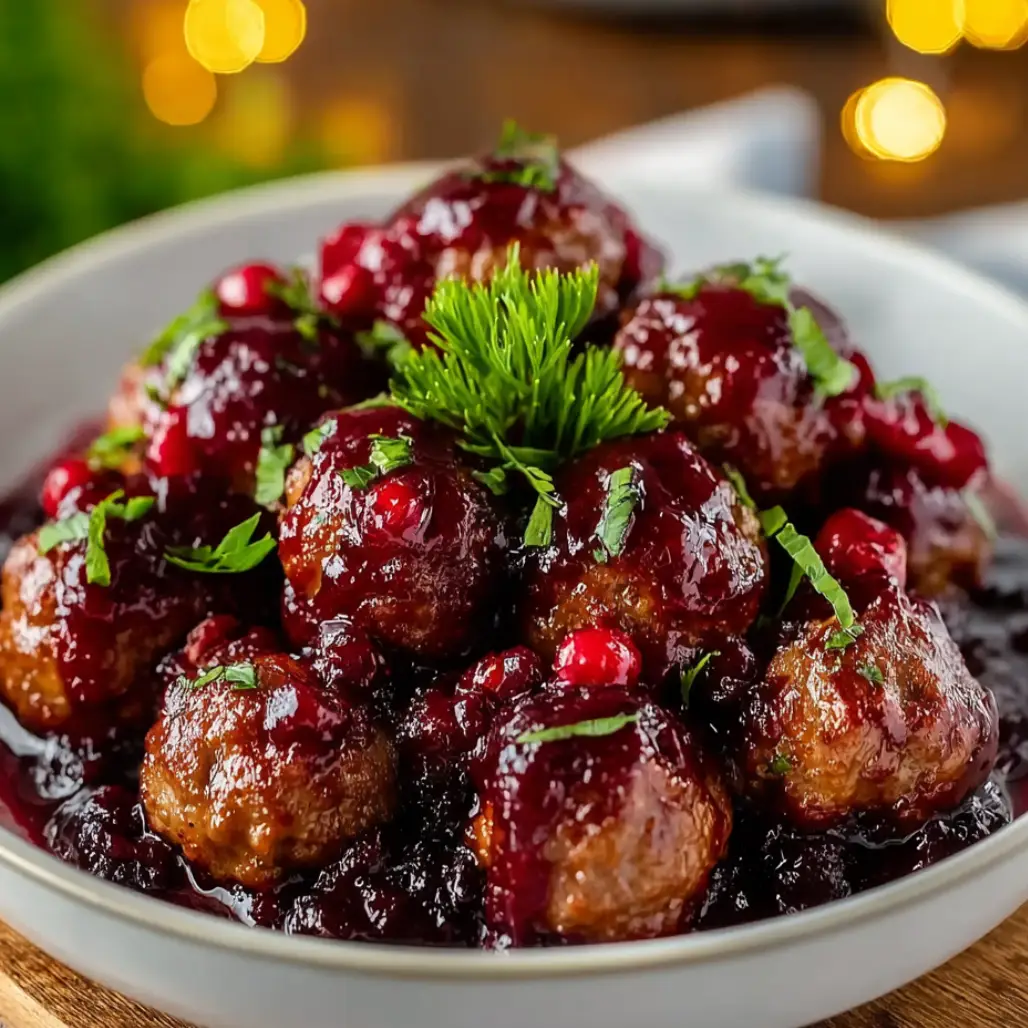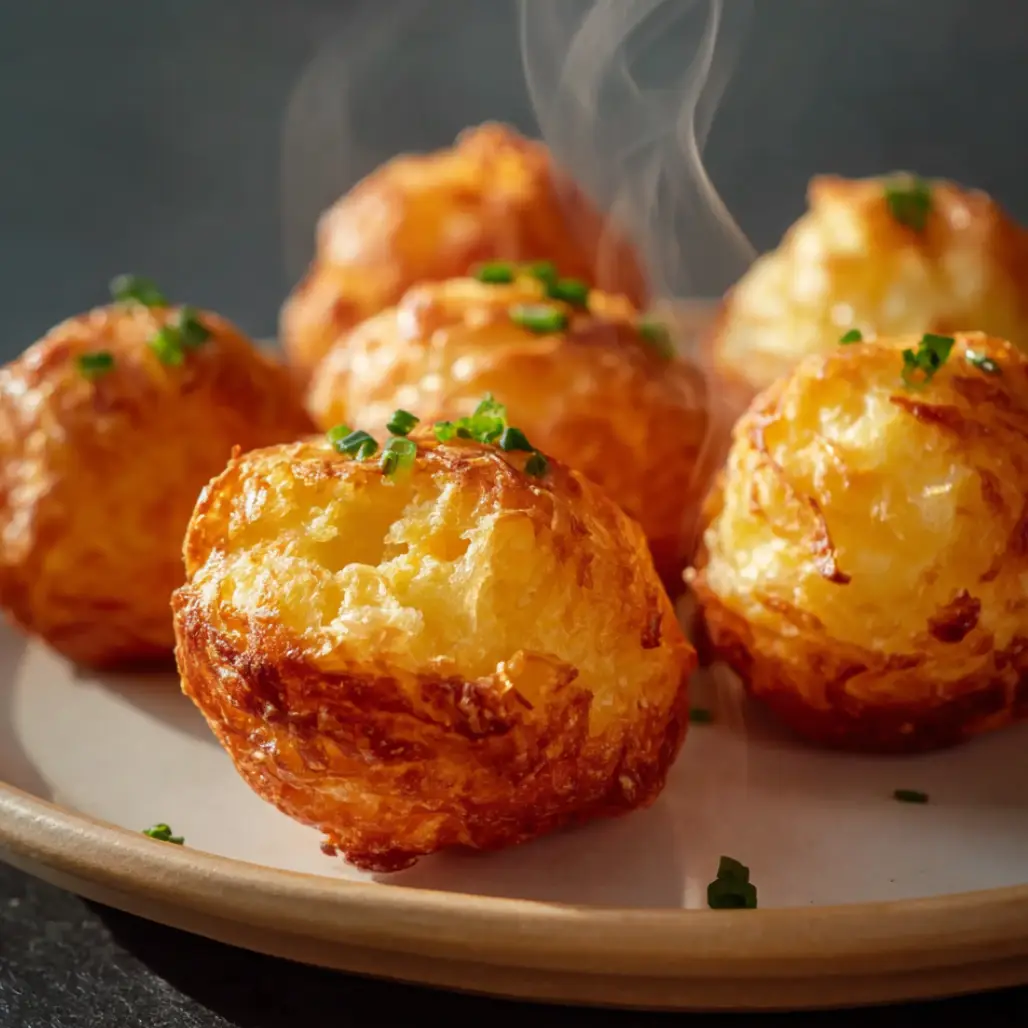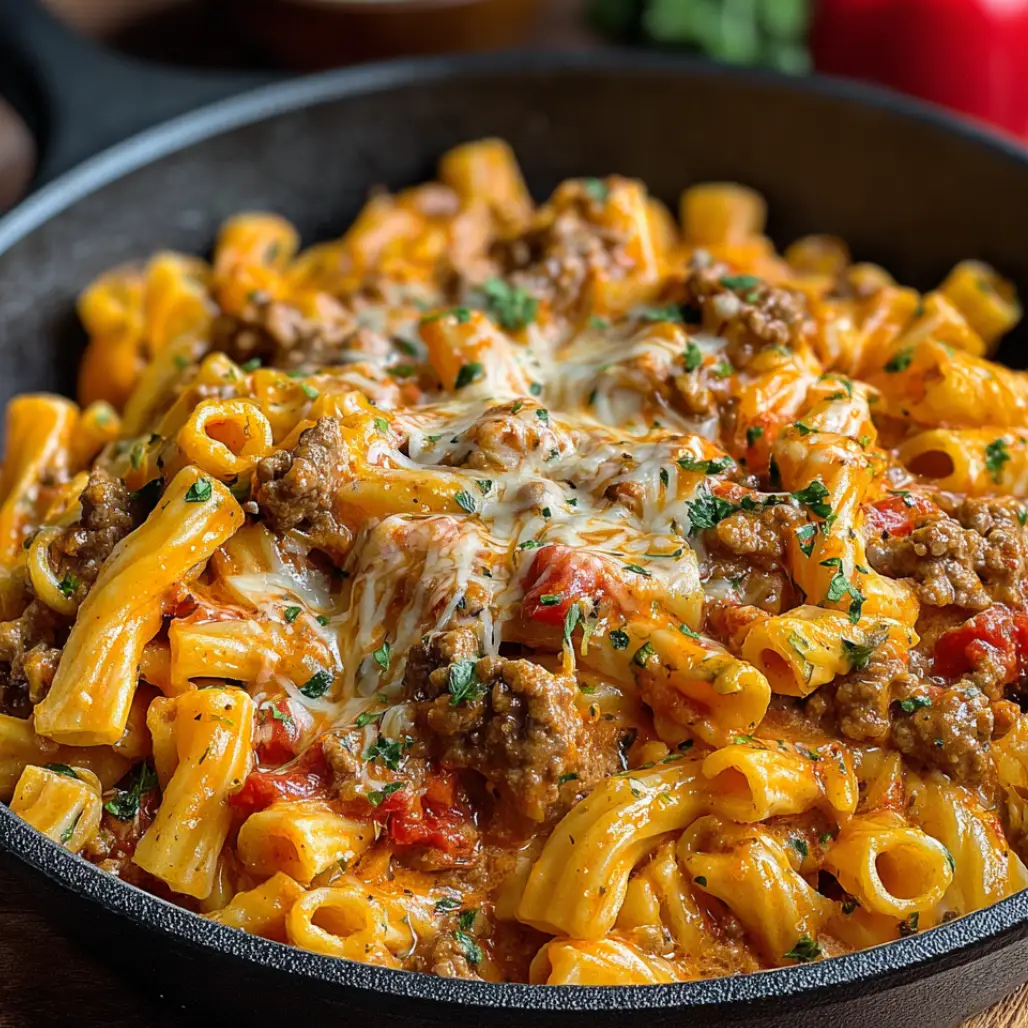| Prep Time: 20 minutes | Cook Time: 15 minutes | Total Time: 35 minutes | Serves: 4 |
The delightful combination of tender chicken and crisp cabbage creates a symphony of textures and flavors that transforms simple ingredients into an extraordinary meal. This chicken cabbage stir-fry represents more than just a quick weeknight dinner because it embodies the perfect balance between nutrition and satisfaction, delivering essential proteins and vegetables in a single pan that comes together in under forty minutes. The sizzling sound of chicken hitting the hot oil, the aromatic cloud of garlic and ginger perfuming your kitchen, and the vibrant colors of fresh vegetables create an experience that engages all your senses while providing a wholesome meal that your entire family will absolutely adore.
Why Chicken Cabbage Stir-Fry Deserves a Spot in Your Weekly Rotation
This remarkable dish stands out in the crowded world of weeknight recipes because it delivers restaurant-quality flavors using ingredients that you likely already have in your refrigerator and pantry. The chicken cabbage stir-fry technique originated in Asian cuisine where the philosophy of quick cooking over high heat preserves the nutritional integrity of vegetables while creating complex flavor profiles through careful timing and temperature control. Modern home cooks have embraced this method because it offers maximum flavor with minimal cleanup, making it an ideal solution for busy families who refuse to compromise on taste or nutrition.
The beauty of this chicken cabbage stir-fry lies in its incredible versatility because you can easily adapt the recipe to accommodate dietary preferences, seasonal vegetables, or whatever ingredients happen to be available in your kitchen. Whether you prefer your vegetables with a slight crunch or cooked until perfectly tender, this recipe allows for complete customization while maintaining its essential character and appeal. The protein-rich chicken provides lasting satisfaction because it contains all essential amino acids, while the cabbage delivers fiber, vitamin C, and antioxidants that support overall health and wellbeing.
Essential Ingredients for the Perfect Chicken Cabbage Stir-Fry
One pound boneless, skinless chicken breast, sliced thinly against the grain for maximum tenderness because this cutting technique breaks down the muscle fibers and ensures each bite melts in your mouth.
Four cups fresh cabbage, shredded into uniform pieces that will cook evenly while maintaining their delightful crunch because consistency in preparation directly translates to consistency in the final dish.
Two tablespoons high-quality soy sauce, preferably low-sodium to control salt content because this umami-rich ingredient forms the foundation of your flavor profile and ties all elements together.
One tablespoon cornstarch for creating a light coating on the chicken that promotes beautiful browning and helps thicken the sauce because this simple ingredient elevates the entire dish from good to extraordinary.
Two tablespoons neutral cooking oil with a high smoke point, such as vegetable or canola oil, because these oils can withstand the high heat required for proper stir-frying without breaking down or creating off-flavors.
Three cloves fresh garlic, minced finely to distribute evenly throughout the dish because garlic provides aromatic depth that enhances every single bite.
One tablespoon fresh ginger, grated or minced to release its pungent oils because this warming spice adds complexity and pairs beautifully with the other Asian-inspired flavors.
One large carrot, julienned into matchstick pieces because this sweet vegetable adds color, nutrients, and textural contrast to the finished dish.
Two tablespoons oyster sauce for rich, savory-sweet depth because this traditional ingredient provides the glossy finish and complex flavor that makes restaurant-style stir-fries so appealing.
One-quarter cup low-sodium chicken broth to create steam and help distribute flavors because this liquid component ensures even cooking while preventing the dish from becoming too dry.
One teaspoon sesame oil for finishing because this aromatic oil adds nutty richness that elevates the entire flavor profile when added at the very end of cooking.
Salt and freshly ground black pepper to taste because proper seasoning allows each ingredient to shine while creating harmony in the overall dish.
The Art of Creating Restaurant-Quality Chicken Cabbage Stir-Fry at Home
Mastering the technique behind exceptional chicken cabbage stir-fry requires understanding the principles of high-heat cooking and proper ingredient preparation because these fundamental concepts determine whether your dish achieves the coveted “wok hei” or breath of the wok that distinguishes great stir-fries from mediocre ones. The secret lies in having all ingredients prepared and within arm’s reach before you begin cooking because stir-frying happens quickly, and there’s no time to chop vegetables or measure sauces once the process begins.
Temperature control plays a crucial role in achieving perfect results because chicken needs to develop a golden crust while cooking through completely, and vegetables require just enough heat to become tender-crisp without losing their vibrant colors or essential nutrients. The order of ingredient addition follows a specific logic because proteins typically require the longest cooking time, followed by aromatics like garlic and ginger that can burn if exposed to high heat for too long, and finally vegetables that need just enough time to heat through while maintaining their texture.
Understanding the science behind marinades helps explain why allowing the chicken to rest in its seasoning mixture for at least fifteen minutes creates more flavorful and tender results because the salt in the soy sauce breaks down proteins while the cornstarch creates a protective barrier that seals in juices during the high-heat cooking process.
Step-by-Step Instructions for Perfect Chicken Cabbage Stir-Fry
Begin by slicing the chicken breast into thin strips, cutting against the grain to ensure maximum tenderness because this technique shortens the muscle fibers and creates more tender results in the finished dish.
Professional Tip: Place the chicken breast in the freezer for fifteen to twenty minutes before slicing because slightly frozen meat is much easier to cut into uniform, thin pieces that cook evenly.
Key Points: Uniform slicing ensures even cooking, while cutting against the grain maximizes tenderness in every bite.
Combine the sliced chicken with soy sauce, cornstarch, and a pinch of salt in a medium bowl, mixing thoroughly to coat each piece because this marinade tenderizes the protein while creating a light coating that promotes beautiful browning.
Professional Tip: Use your hands to massage the marinade into the chicken because this physical action helps the seasonings penetrate more deeply into the meat.
Key Points: Allow the chicken to marinate for at least fifteen minutes at room temperature, or up to two hours in the refrigerator for even more flavor development.
Heat your largest skillet or wok over medium-high heat until it begins to smoke slightly, then add the cooking oil and swirl to coat the surface because proper preheating ensures immediate searing when the chicken hits the pan.
Professional Tip: Test the oil temperature by dropping in a small piece of garlic – it should sizzle immediately and vigorously when the oil is ready for stir-frying.
Key Points: Never overcrowd the pan when cooking chicken because this creates steam instead of the desired searing action that develops flavor and texture.
Add the marinated chicken to the hot oil in a single layer, allowing it to cook undisturbed for two to three minutes to develop a golden crust before stirring because this browning reaction creates complex flavors that enhance the entire dish.
Professional Tip: Resist the urge to move the chicken immediately after adding it to the pan because proper browning requires uninterrupted contact with the hot surface.
Key Points: Cook the chicken until it reaches an internal temperature of 165 degrees Fahrenheit and remove it from the pan to prevent overcooking while you prepare the vegetables.
In the same pan, add a little more oil if needed and immediately add the minced garlic and ginger, stirring constantly for thirty seconds until fragrant because these aromatics form the flavor base for your entire dish.
Professional Tip: Add aromatics to the center of the pan where the temperature is highest, then quickly stir to distribute them before they can burn.
Key Points: Fresh garlic and ginger cook very quickly, so watch carefully to prevent burning, which would create bitter flavors in your chicken cabbage stir-fry.
Add the shredded cabbage and julienned carrots to the pan, stirring constantly for three to four minutes until the vegetables begin to soften but still retain some crunch because this texture contrast makes the dish more interesting and appealing.
Professional Tip: Add vegetables in order of cooking time required, with harder vegetables like carrots going in first, followed by quicker-cooking items like cabbage.
Key Points: The vegetables should be heated through and slightly tender but still maintain their vibrant colors and crisp texture for the best results.
Pour in the chicken broth and oyster sauce, stirring to combine all ingredients and create a glossy coating because these liquids help distribute flavors while adding moisture to prevent the dish from becoming dry.
Professional Tip: Have your sauce mixture prepared in advance and pour it all at once to ensure even distribution throughout the chicken cabbage stir-fry.
Key Points: The sauce should coat all ingredients lightly without creating excess liquid in the bottom of the pan.
Return the cooked chicken to the pan and toss everything together for one to two minutes until heated through and well combined because this final step ensures all flavors meld together harmoniously.
Professional Tip: Add the chicken back to the pan just long enough to reheat it because overcooking will result in tough, dry protein that detracts from the overall dish quality.
Key Points: The chicken cabbage stir-fry should be served immediately while hot for the best texture and flavor experience.
Remove the pan from heat and drizzle with sesame oil, tossing once more to distribute this aromatic finishing touch because this final addition provides the nutty richness that elevates home cooking to restaurant quality.
Professional Tip: Always add sesame oil off the heat because this delicate oil can become bitter if exposed to high temperatures for extended periods.
Key Points: Taste and adjust seasoning with salt and pepper as needed before serving your perfectly executed chicken cabbage stir-fry.
Professional Tips for Elevating Your Chicken Cabbage Stir-Fry
Temperature management represents the single most important factor in creating exceptional stir-fries because insufficient heat results in steamed vegetables and tough protein, while excessive heat can burn aromatics and create bitter flavors that ruin the entire dish. Professional chefs recommend using the highest heat your stove can produce while maintaining complete control over the cooking process, adjusting as needed to prevent burning while ensuring proper searing and caramelization.
Ingredient preparation cannot be overemphasized in its importance because stir-frying happens incredibly quickly, leaving no time for last-minute chopping or measuring once the cooking process begins. Arrange all prepared ingredients near your cooking station in the order you’ll use them, keeping sauces mixed and ready to pour because this organization allows you to focus entirely on timing and technique rather than scrambling to find ingredients.
The quality of your cooking vessel significantly impacts the final results because thin pans heat unevenly and lose temperature quickly when ingredients are added, while heavy-bottomed skillets or traditional woks maintain consistent heat that promotes proper browning and prevents sticking. If you don’t own a wok, a large, heavy skillet works excellently for creating restaurant-quality chicken cabbage stir-fry at home.
Creative Variations to Keep Your Chicken Cabbage Stir-Fry Exciting
Transform your basic chicken cabbage stir-fry into a Thai-inspired creation by substituting fish sauce for soy sauce and adding fresh basil leaves, crushed red pepper flakes, and a squeeze of lime juice because these bold flavors create an entirely different taste profile while maintaining the same cooking technique and timing.
Create a Korean-style variation by incorporating gochujang paste into your sauce mixture and adding thinly sliced scallions and toasted sesame seeds because these ingredients provide heat and umami depth that pairs beautifully with the natural sweetness of cabbage and carrots.
Develop a Mediterranean twist by using olive oil instead of neutral cooking oil, adding sun-dried tomatoes, fresh herbs like oregano and basil, and finishing with a sprinkle of feta cheese because this unexpected combination creates a fusion dish that bridges culinary traditions while respecting the fundamental stir-fry technique.
For those following specific dietary requirements, this chicken cabbage stir-fry adapts beautifully to accommodate various needs because the basic technique remains constant while ingredient substitutions allow for customization. Replace chicken with firm tofu or tempeh for vegetarian options, use coconut aminos instead of soy sauce for gluten-free preparations, or add extra vegetables to increase the nutrient density while reducing the protein content for lighter meals.
Perfect Pairing Ideas for Your Chicken Cabbage Stir-Fry
Serve your chicken cabbage stir-fry over steamed jasmine rice or brown rice because these neutral grains absorb the flavorful sauce while providing satisfying bulk that makes the dish more filling and complete. For additional inspiration on complementary side dishes that enhance Asian-inspired meals, explore the extensive collection of savory sides that pair beautifully with stir-fried dishes.
Noodle lovers will appreciate serving this chicken cabbage stir-fry over lo mein noodles, rice noodles, or even spaghetti because the sauce coats pasta beautifully while creating a more substantial meal that satisfies hearty appetites. Consider preparing flavored dips and marinades to offer additional customization options for family members who prefer different flavor intensities.
Fresh salads provide an excellent counterpoint to the warm, savory stir-fry because the cool, crisp textures and bright flavors cleanse the palate between bites. Browse our collection of refreshing salads that complement Asian-inspired dishes while adding nutritional variety to your meal planning.
Complete your dining experience with appropriate beverages because the right drink enhances the overall meal satisfaction while helping to balance the rich, savory flavors of the stir-fry. Discover refreshing beverages that pair beautifully with Asian cuisine, from traditional green tea to modern fusion drinks that bridge cultural boundaries.
Discover More Culinary Adventures
Expand your stir-fry repertoire by exploring related techniques and flavor profiles because mastering one style of cooking often leads to confidence in trying new variations and ingredients. The skills you develop making this chicken cabbage stir-fry translate directly to countless other dishes because the fundamental principles of high-heat cooking and proper timing apply across many culinary traditions.
Consider incorporating elements of this recipe into other meal categories because the versatility of stir-fried ingredients knows no bounds. Transform leftovers into creative snacks and appetizers by serving the mixture in lettuce cups or wrapping it in spring roll wrappers for an elegant presentation that works equally well for casual family dinners or entertaining guests.
The techniques you learn through perfecting this chicken cabbage stir-fry will enhance your ability to create impressive perfect sides that complement any main course because understanding how to balance flavors, textures, and cooking times applies to virtually every aspect of home cooking.
Even your breakfast routine can benefit from these newfound skills because many breakfast favorites incorporate similar techniques of quick cooking over high heat while building complex flavors through careful ingredient timing and temperature control.
Storage Guidelines for Maximum Freshness and Safety
Proper storage ensures that your chicken cabbage stir-fry remains safe to eat while maintaining optimal flavor and texture because cooked chicken requires careful handling to prevent bacterial growth while preserving the dish quality for future enjoyment. Allow the completely cooled stir-fry to come to room temperature before transferring it to airtight containers because rapid temperature changes can create condensation that leads to soggy vegetables and compromised food safety.
Refrigerated chicken cabbage stir-fry maintains its best quality for three to four days when stored in clean, airtight containers because exposure to air causes oxidation that degrades both flavor and nutritional content. Label containers with preparation dates because this simple step helps prevent accidental consumption of food that has passed its prime, ensuring both safety and optimal eating experience.
Freezing extends storage life to approximately three months, though the texture of vegetables may change slightly upon thawing because ice crystals break down cell walls in produce. Divide large batches into individual portions before freezing because this approach allows you to thaw only what you need while keeping the remainder safely stored for future meals.
Reheating requires careful attention to temperature and technique because improperly reheated chicken can become dry and tough while vegetables may become mushy if overheated. Use medium heat in a skillet with a small amount of oil or broth to restore moisture and texture, stirring frequently until the internal temperature reaches 165 degrees Fahrenheit throughout the mixture.
The Science Behind Perfect Chicken Cabbage Stir-Fry
Understanding the Maillard reaction explains why proper browning creates such dramatically improved flavors in your chicken cabbage stir-fry because this complex chemical process occurs when proteins and sugars react under high heat, creating hundreds of new flavor compounds that add depth and complexity to simple ingredients. The golden-brown crust that forms on properly seared chicken contains these flavor compounds, which is why rushing the browning process results in less flavorful final dishes.
The cellular structure of vegetables determines their optimal cooking time because different vegetables contain varying amounts of cellulose and pectin that break down at different rates when exposed to heat. Cabbage contains high water content that creates steam when heated, which is why proper stir-frying technique requires high heat to evaporate this moisture quickly while preserving the crisp texture that makes the dish so appealing.
Cornstarch performs multiple functions in this recipe because its starch molecules create a protective coating around chicken pieces while also serving as a thickening agent that helps sauce cling to all ingredients. The gelatinization process that occurs when cornstarch meets hot liquid creates the glossy appearance that characterizes professional-quality stir-fries.
The emulsification properties of the sauce ingredients work together because oil-based and water-based components naturally separate unless properly combined through vigorous stirring and appropriate temperature control. Understanding these principles helps explain why adding sauce ingredients in the correct order and temperature produces superior results compared to simply combining everything at once.
Troubleshooting Common Chicken Cabbage Stir-Fry Challenges
Soggy vegetables typically result from insufficient heat or overcrowding the pan because these conditions create steam rather than the direct heat contact necessary for proper stir-frying. Solution involves using higher heat settings, cooking in smaller batches if necessary, and ensuring your pan is properly preheated before adding any ingredients to achieve the desired texture and flavor development.
Tough chicken usually indicates overcooking or inadequate marinating time because proteins tighten and expel moisture when exposed to heat for extended periods without proper preparation. Prevention requires careful attention to internal temperature using a meat thermometer, proper marinating technique, and removing chicken from heat as soon as it reaches safe consumption temperature.
Bland flavor often stems from insufficient seasoning or using low-quality ingredients because the simple nature of stir-frying relies heavily on the inherent quality of each component. Enhancement comes through tasting and adjusting seasonings throughout the cooking process, using fresh aromatics like garlic and ginger, and investing in high-quality soy sauce and oyster sauce that provide authentic flavor profiles.
Uneven cooking typically occurs when ingredients are cut to different sizes or added to the pan simultaneously regardless of their individual cooking requirements because uniformity in preparation directly translates to uniformity in the final result. Correction involves careful knife skills to create consistent sizes and understanding the cooking time requirements for each ingredient to determine proper addition sequence.
Additional Inspirations for Expanding Your Culinary Horizons
The principles you master through perfecting this chicken cabbage stir-fry extend far beyond this single recipe because understanding high-heat cooking, proper timing, and flavor balance opens doors to countless culinary possibilities that will enhance your overall cooking confidence and creativity.
Consider how these techniques might enhance your dessert repertoire because the same attention to timing and temperature control applies to many dessert recipes that require precision and technique to achieve optimal results. Skills like proper caramelization and understanding how heat affects different ingredients translate beautifully to sweet applications.
The organizational skills required for successful stir-frying mirror those needed for impressive entertaining because both require careful planning, proper preparation, and flawless execution to create memorable experiences for family and friends. These transferable skills enhance your overall cooking confidence and ability to tackle more complex recipes with greater success.
Seasonal adaptations of this basic chicken cabbage stir-fry recipe allow you to take advantage of peak produce availability while keeping meals interesting throughout the year because the fundamental technique remains constant while ingredient variations provide endless possibilities for customization and creativity.
Conclusion
This comprehensive guide to creating exceptional chicken cabbage stir-fry represents more than just a recipe because it provides the foundation for understanding fundamental cooking principles that will enhance every aspect of your culinary journey. The combination of tender protein, crisp vegetables, and aromatic seasonings creates a harmonious balance that satisfies both nutritional needs and taste preferences while demonstrating how simple ingredients can be transformed into extraordinary meals through proper technique and timing.
The versatility inherent in this chicken cabbage stir-fry makes it an invaluable addition to your regular meal rotation because it accommodates dietary restrictions, seasonal ingredient availability, and personal taste preferences while maintaining its essential character and appeal. Whether you prepare it exactly as written or adapt it to suit your family’s specific needs, this recipe provides a reliable framework for creating satisfying meals that bring people together around the dinner table.
The skills you develop through mastering this dish extend far beyond this single recipe because the principles of high-heat cooking, proper ingredient preparation, and flavor balance apply to countless other culinary applications that will enhance your overall cooking confidence and creativity. Take pride in the process of learning these techniques because they represent building blocks that will serve you well throughout your cooking journey, enabling you to approach new recipes with greater understanding and confidence in achieving consistent, delicious results that bring joy to both the cook and those fortunate enough to share in these culinary creations.










